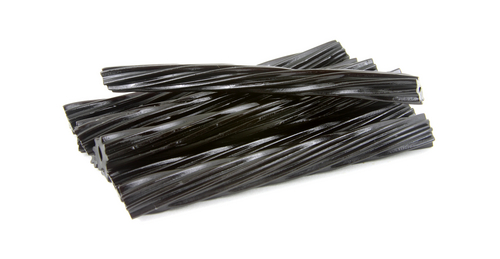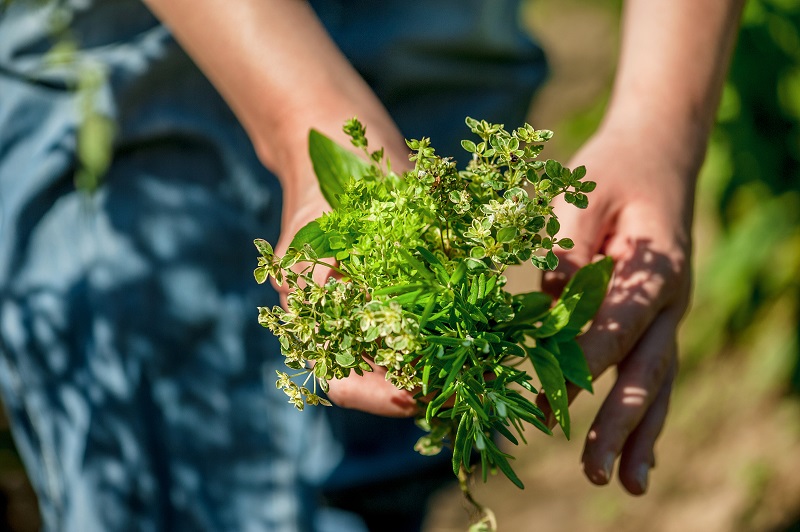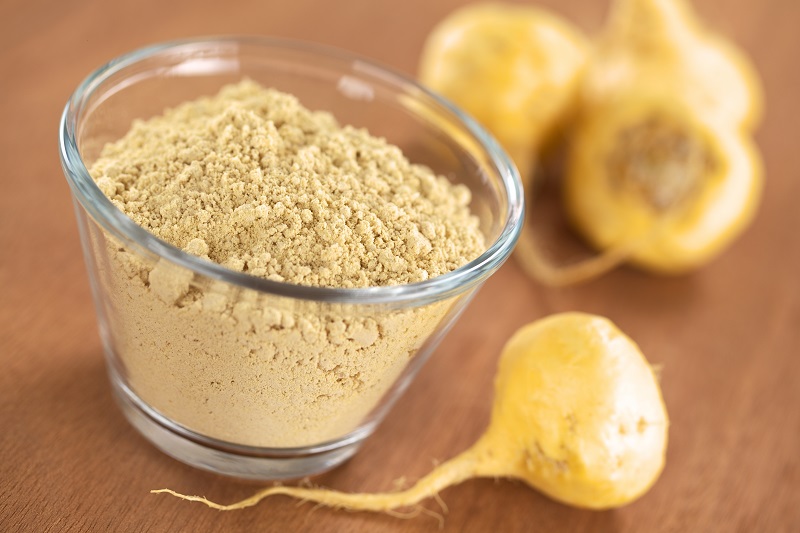Herb Highlights: Licorice
Introduction
Many people think of candy when they hear the word “licorice.” Despite that, the flavor that most folks associate with candy comes from anise seed not licorice root.1 Now, licorice root is common in herbal teas and dietary supplements.
What’s the difference?
Licorice is grown throughout Europe and the Middle East. Frequently, it is an ingredient in teas. It is also as a flavor for tobacco products to provide sweetness.4 Gan Cao exclusively grows in China and compliments other herbs in traditional Chinese Medicinal formulas.5 Gan Cao also has a long list of purported benefits, many of which have not been proven scientifically.6 Similarly, licorice functions this way in Ayurveda medicinal traditions.4 In fact, both species contain Glycyrrhizin, which gives the root its sweet taste.7
Maybe too sweet
Glycyrrhizin has negative side effects when frequently used in large amounts. It can cause high blood pressure and lower potassium levels, which can cause heart and muscle issues. 1 Therefore, as with all herbal medicines, please consult a health care professional before use.
Sources
2 – Chinese Licorice Root (Gan Cao) | Herbs List
3 – The Long Road to Sustainable Licorice | United Plant Savers
5 – Glycyrrhiza uralensis – Wikipedia







